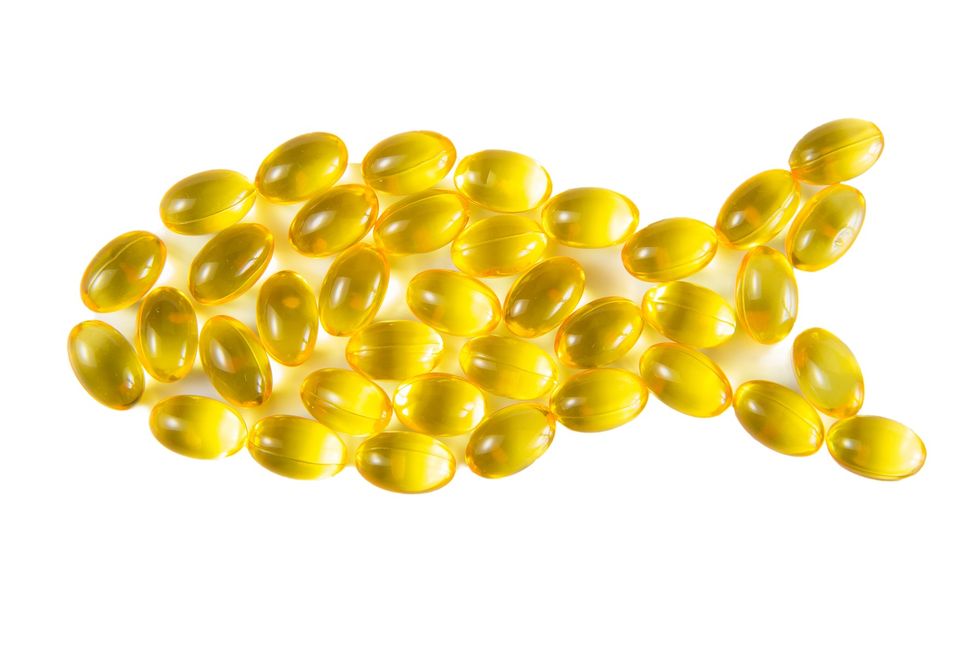
Many of the higher omega-3 fish are also good and sustainable. And then there are the other valuable sources, such as seeds.
Are you aiming for a diet rich in omega-3s ? As the table orders, fill the fridge with salmon! Nooo !!!! Mistaken! Or rather, salmon would be perfect, provided you know exactly where and how it is raised. In case you want to opt for something different, there are exquisite alternatives, good and fresh, as they come from the seas of our home. Or even from the earth.
Fish is the last reserve of wild food we have available, and by now 80% of the fish stocks have been over- exploited or fully exploited, as was underlined on the occasion of Slowfish, the Slowfood event dedicated to good and sustainable fish. .
So is there fish for everyone? Well, you have to buy the right fish. And the good news is that it largely coincides with what makes us best. Let's talk about the famous blue fish, the one that lives in our seas and is rich in polyunsaturated fatty acids (Omega-3 and Omega-6), the "good fats" that extend life, fight "bad cholesterol" such as depression, and many other beneficial properties have on our health.
We are not just talking about anchovies (to favor those of the Tyrrhenian Sea, which abound), or sardines. Mackerel is a great alternative. And what about the amberjack, the most prized blue fish ? A decidedly high level fish, perfect in summer, of which, among other things, nothing is thrown away. And then there are other fish, little known but good to eat, good for our health because they are rich in Omega 3 and good for the health of the sea, because their fishing is still sustainable.
An excellent choice is the leccia, which approaches our coasts in the summer . It is a mighty predator, but its flesh is as delicate as that of the amberjack. The cuts vary depending on the size (the belly is fatter), however it lends itself well to slices, which can be baked in the oven - perhaps breaded with chopped olives and herbs, or baked in foil, grilled, used in first courses and even in a carpaccio. Then there is the long , silver scabbard - or spatula - fish , delicious in breaded rolls. If you prefer something similar to tuna, try bonito , whose right season is now - in spring - as is the case with leccia and mackerel. And finally, let's not underestimate sardines, horse mackerel, zerri and lanzardi, very poor fish and very rich in Omega 3 and taste. Try asking your trusted fishmonger!
[rebelmouse-image 25508346 alt = "143171" original_size = "1000x667" expand = 1] The sea also brings us an alternative vegetable source of Omega-3: algae - which slowly begin to find themselves fresh on the fish counter. On the other hand , seeds come from the ground , such as those of flax and chia , exceptional in this sense. A precaution: the small seeds risk passing through our body and being expelled still intact. To take advantage of all their beneficial properties, it is better to chop or crush them, or to macerate them before eating them, soaking them for example in fruit juice.
Nuts come from the trees , primarily walnuts , but also almonds and pistachios. And then, to a lesser extent, green leafy vegetables (for example spinach and lettuce) and some legumes , in particular soy (and its derivatives, such as tofu and vegetable milk) and then beans, lentils, chickpeas. They are all precious resources for integrating Omega-3s into our body , remembering that we can only do it thanks to and through the food we eat.







